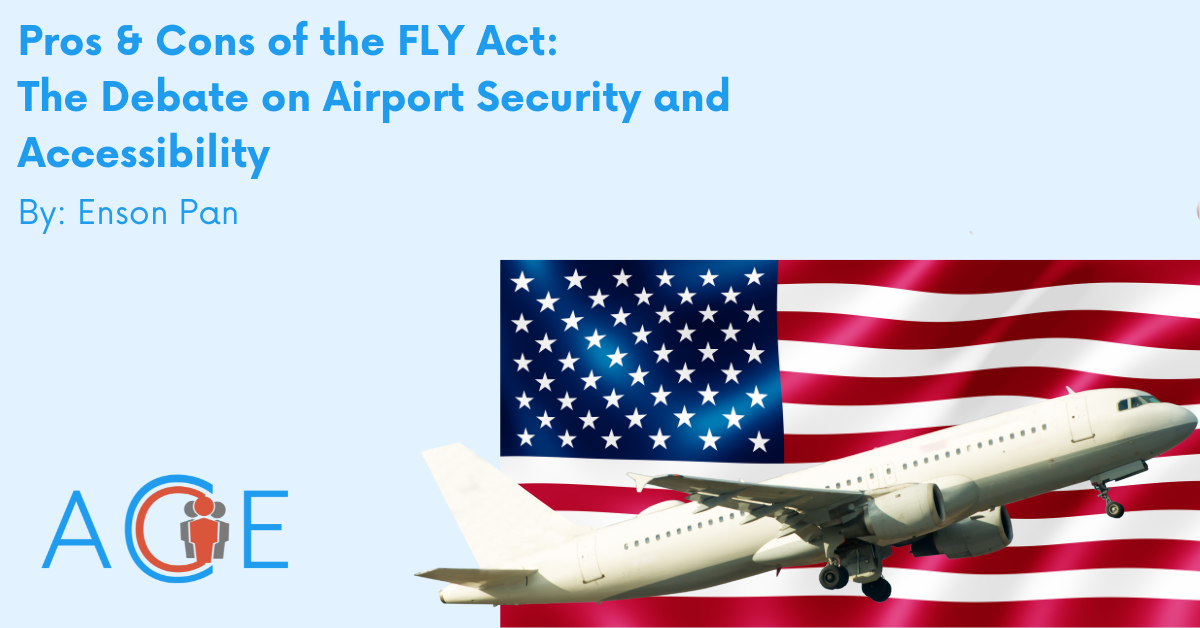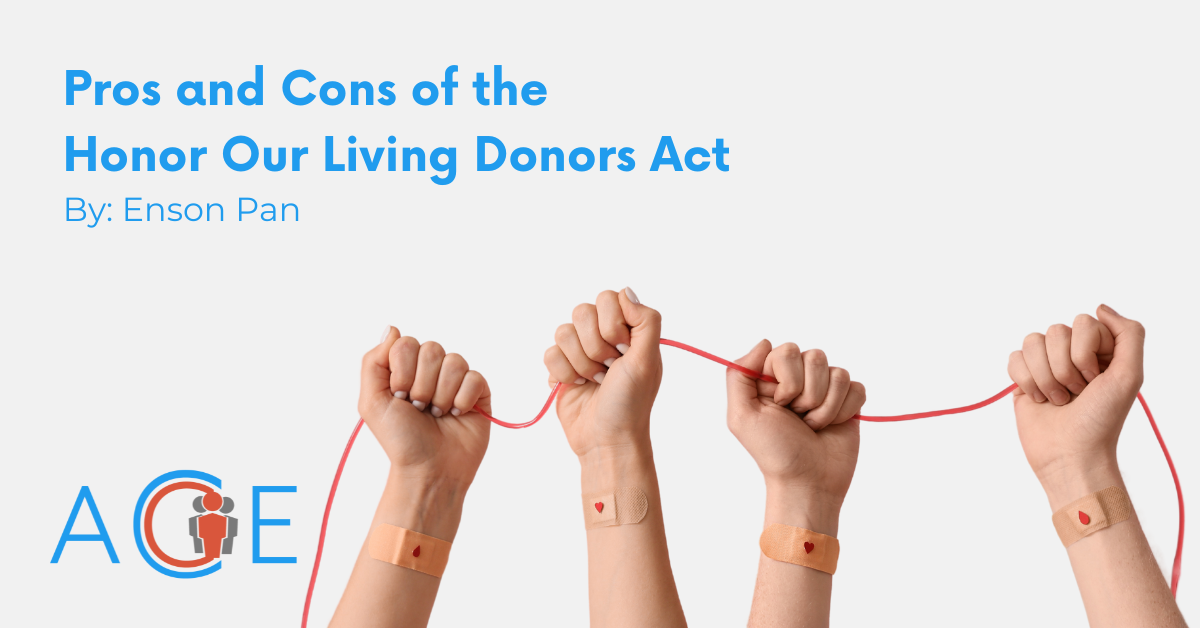Introduction
Security systems in U.S. airports changed significantly after the terror attacks on 9/11. Before the attacks, airport security officers were mostly hired from the private sector, and airport security systems used outdated alarm systems and low-quality video monitors. Additionally, non-flyers – or airport visitors who were not ticketed passengers – could go through security and wait at the gates without a boarding pass. In the wake of 9/11, former President Bush signed the Aviation and Transportation Security Act, which established the Transportation Security Administration (TSA) and implemented new security protocols for airports. These included more thorough screenings for all passengers and baggage, stricter policies on carry-on liquid, and more accurate X-ray visualizations in security lines. Post-9/11 security measures also limited who can pass certain checkpoints at the airport; under the new security systems, only ticketed passengers can go through security and wait at the boarding gates area. This policy remains in place today, with very few exceptions.
After a few decades of these strict security enforcements, some advocates – specifically flyers with disabilities – have started to call for more lenient treatment of non-ticketed guests in the case that a passenger requires a caregiver to help navigate the air travel system.
What is H.R. 6565?
Legislative efforts to make the air travel process more accessible have increased over the years. The Fast Lane for Youths Act (H.R. 6565), or the FLY Act, was introduced by Representative Gregory W. Steube [R-FL-17] during the 118th Congress. The bill states that the Federal Aviation Administration (FAA) should work with the TSA to allow up to two expedited gate passes for caregivers, parents, and guardians who already qualify for TSA PreCheck to help minors or passengers who require assistance to their flights. The FLY Act allows caregivers to join their passenger in a pre-check security line as opposed to the regular security line, and requires they be given a gate pass to accompany their passenger to the boarding gate.
Arguments in Favor
Public opinion seems to signal support for the FLY Act’s provisions. Today, 88% of Americans believe that airlines should improve accommodations for travelers with disabilities. Additionally, poor airport experiences are not limited to vulnerable passengers; 32% of all passengers say “airports’ busy and chaotic nature adds to their stress.” Proponents argue that the FLY Act will reduce stress for all travelers by ensuring high-need passengers, including children flying alone, are supported with proper accompaniment as they prepare to board their flights. They also argue that the Act is one step toward equity for disabled flyers, a population that regularly faces unnecessary barriers to air travel.
Supporters also see the Act as a necessary intervention to standardize gate pass policies nationwide. While the standard policy is to prohibit non-flyers from accessing airport gates, cities like Philadelphia, Detroit, Tulsa, Seattle, and New Orleans have introduced their own gate pass policies. These programs have varying application timelines, hours of entry, and maximum daily slots depending on the airport, which proponents say risks confusing passengers. Supporters of the FLY Act argue that the bill will promote nationwide consistency in gate pass eligibility requirements, making it easier for flyers to understand the system and plan accordingly.
Arguments Against
Critics of the FLY Act cite increased costs as a reason for their skepticism. With more people waiting in the pre-check lane under the FLY Act, opponents argue that airports will face increased demand for staffing coverage to meet the rise in security line foot traffic. Airports with gate pass programs have already had to meet the staffing demand for increased volumes of non-ticketed guests who are able to shop and dine airside. Critics point out that this would be especially challenging given the TSA’s high staff turnover rates and struggles to hire new employees. They also argue that hiring more staff leads to higher operational costs for airports, which may trickle down to costs for passengers.
Since the FLY Act will expand access to boarding gates for non-flyer caregivers nationwide, opponents also emphasize the potential for security breaches. They point to an increase in stowaway incidents – situations in which people without tickets sneak onto planes during boarding – that has already raised concerns over airport integrity and access across checkpoints. Overall, they argue that increasing the number of unticketed passengers in gate areas increases the risk of stowaways and thus presents a threat to national security.



